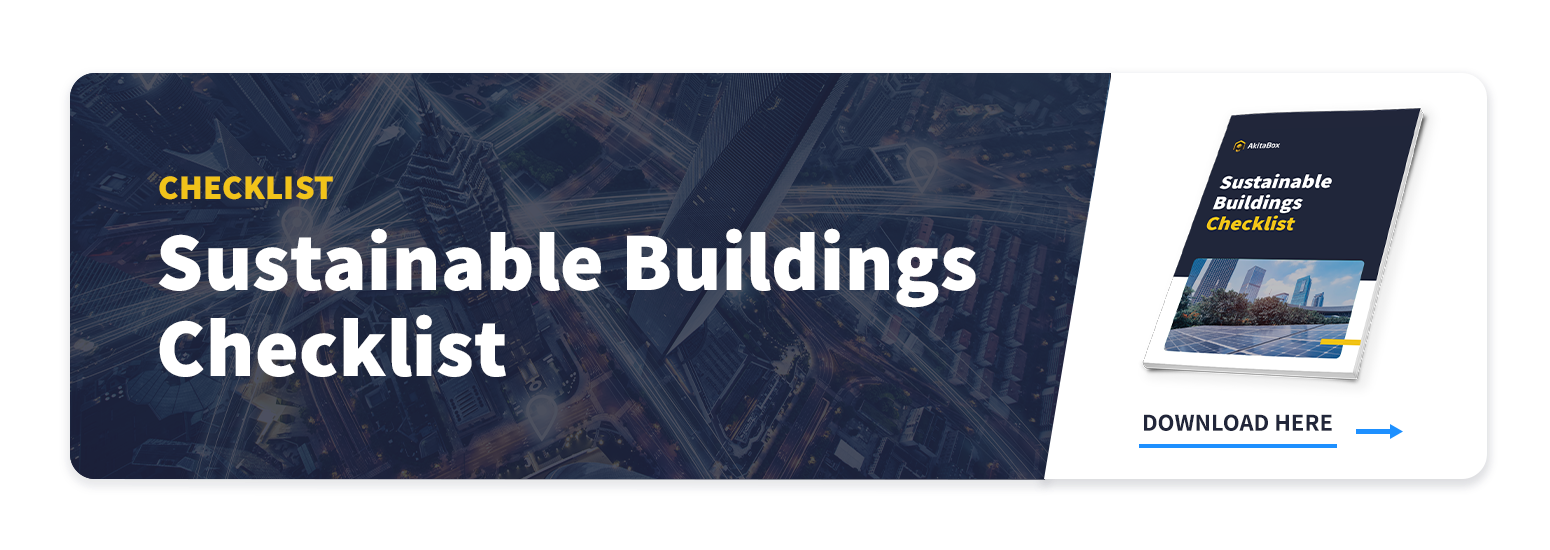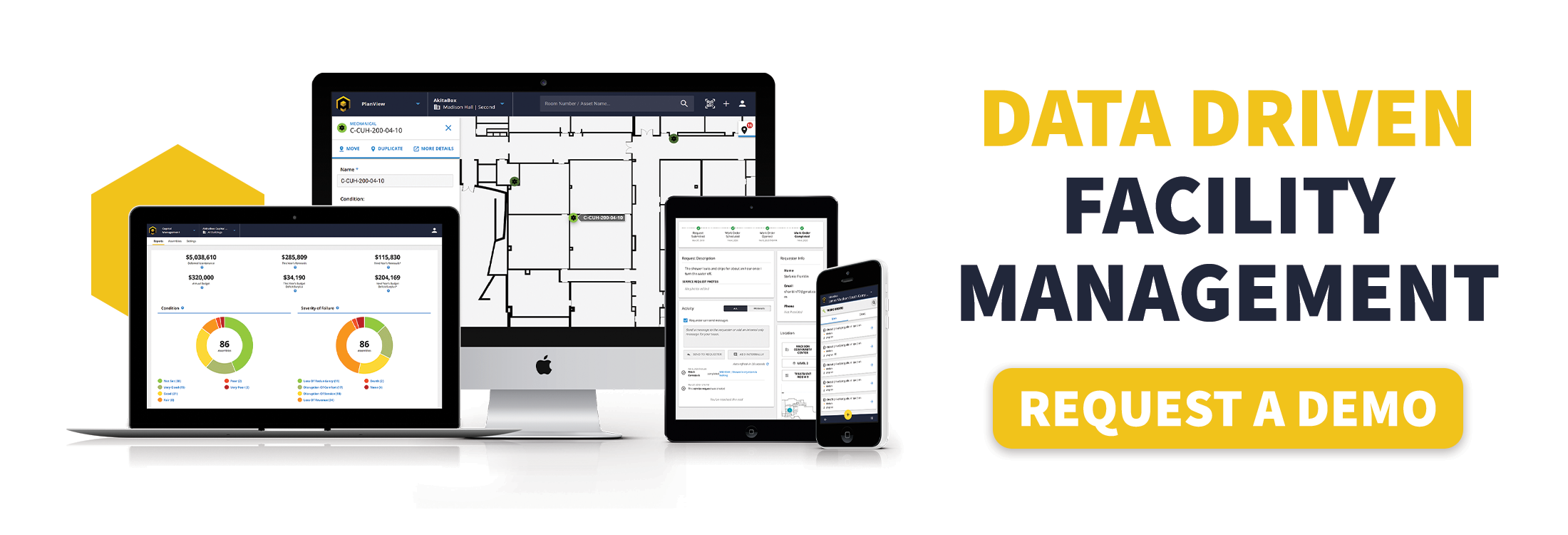5 Green Building Solutions to Boost Energy Savings In Your Facility
Everyday, the buildings around us use energy to accomplish countless tasks and functions. No matter what type of facility you maintain, becoming more energy-efficient is a smart move for both the environment and your budget. Many facilities take advantage of smart energy systems to significantly reduce the money they pay towards energy consumption. Let’s take a look at five examples of innovative, energy-saving solutions your building can use to boost your bottom line.
5 Green Building Solutions
1. Smart Climate Controls
If there’s one energy need that all facilities have in common, its climate control. Heating, ventilation and air conditioning (HVAC) systems play an important role in keeping occupants comfortable year round. Setting room temperatures unnecessarily high or low can dramatically increase energy costs. This is where “smart” thermostats come into the picture. These systems allow users to program individual room temperatures according to occupancy needs. If rooms are not in use, temperatures are automatically raised or reduced to optimize energy costs. Emerging thermostat technologies can even monitor room occupancy, analyze trends and manage room lighting, all in real time. Smart thermostats are a great way to take control of your facility’s HVAC system energy costs.
2. Efficient Lighting Solutions
A simple way to improve your facility’s energy consumption is to invest in energy-efficient lighting solutions. “Smart lighting” refers to high-efficiency lighting options — including energy-efficient light fixtures, automatic light dimmers and lighting systems that connect to occupancy sensors, motion detectors or daylight sensors. Retrofitting your facility’s outdated lighting is a great way to see a quick, guaranteed return on investment. If funds are tight, facility managers can still work towards upgrading standard light bulbs to LEDs, which can last 15 to 25 times longer than traditional light bulbs. Or, consider installing skylights to take advantage of natural light during the day. With efficient lighting solutions, facility managers are empowered to better understand their building’s energy needs, automate consumption and adapt to constant changes in space occupancy.
- Looking for ways to save money on lighting? Here’s what LightScoop has to say about the different types of lights and how they can affect your energy bill.
3. Energy-Saving Electrical Sockets
A significant energy cost that many facilities forget is “standby power draw.” This term refers to power consumed by electronics, even when they are switched off or in standby mode. Television sets, DVD players, sound systems, computers and telephones are all examples of devices that can use standby power. Did you know that standby power can cost your facility hundreds of dollars per year? One foolproof way of preventing devices from consuming extra power is by unplugging them completely. However, facilities can also utilize automatic shutdown sockets to cut power to devices. These “smart” sockets use infrared sensors or timers to shut off power to a room that is unoccupied, or to devices that aren’t in use. Devices can also be plugged into power strips with on/off switches. When switched off, power strips ensure devices do not draw power when they’re not actively being used.
4. Solar Power Technologies
Facilities of all sizes and types can take advantage of solar technology. Once installed, solar panels don’t require much maintenance, produce clean electricity, last for decades and save facilities thousands of dollars on electricity bills. How much you save depends on many factors, including average hours of direct sunlight, the size and angle of your roof, and local electricity rates. It’s no secret that purchasing solar panels can be pricey. However, solar-powered technologies continue to become more affordable each year. Facility managers who are interested in installing solar panels should research local tax credits, rebates and incentives that can help offset the purchase and installation of solar panels. Start by contacting your local utility provider, then investigate sustainability initiative programs that could help pay for solar panels (and many other energy-efficient alternatives) in your facility.
5. Air Source Heat Pumps
Air source heat pumps (ASHPs) are a great way to provide efficient heating and cooling throughout your facility. These pumps work by extracting heat from ambient air and transferring it to where it’s needed most (depending on climate needs inside a facility). In cool climates, ASHPs can heat domestic water supplies and warm indoor temperatures. In warmer climates, ASHPs work in reverse by removing heat from within a building. With ASHPs, your facility has the possibility to save several hundred dollars a year. You’ll also avoid overloading your central HVAC system. Look into ASHPs if you’re interested in an alternative to combustion heating systems, which operate by burning fuel.
Moving Forward with Energy Efficiency
When it comes to improving energy efficiency in your facility, the opportunities are endless. Even small changes can make a big impact on how much you save. If you are unsure of where to begin, consider booking an energy audit of your facility. Energy audits determine effective, low-cost methods of reducing energy consumption in facilities of any size.
Another great way to maximize energy savings is through preventative maintenance. Assets that are consistently maintained with the help of a facility management software are more likely to be energy-efficient and cost-effective. To learn more about the countless benefits of facility management software, check out AkitaBox’s facility management software suite in our series of demonstration videos.



